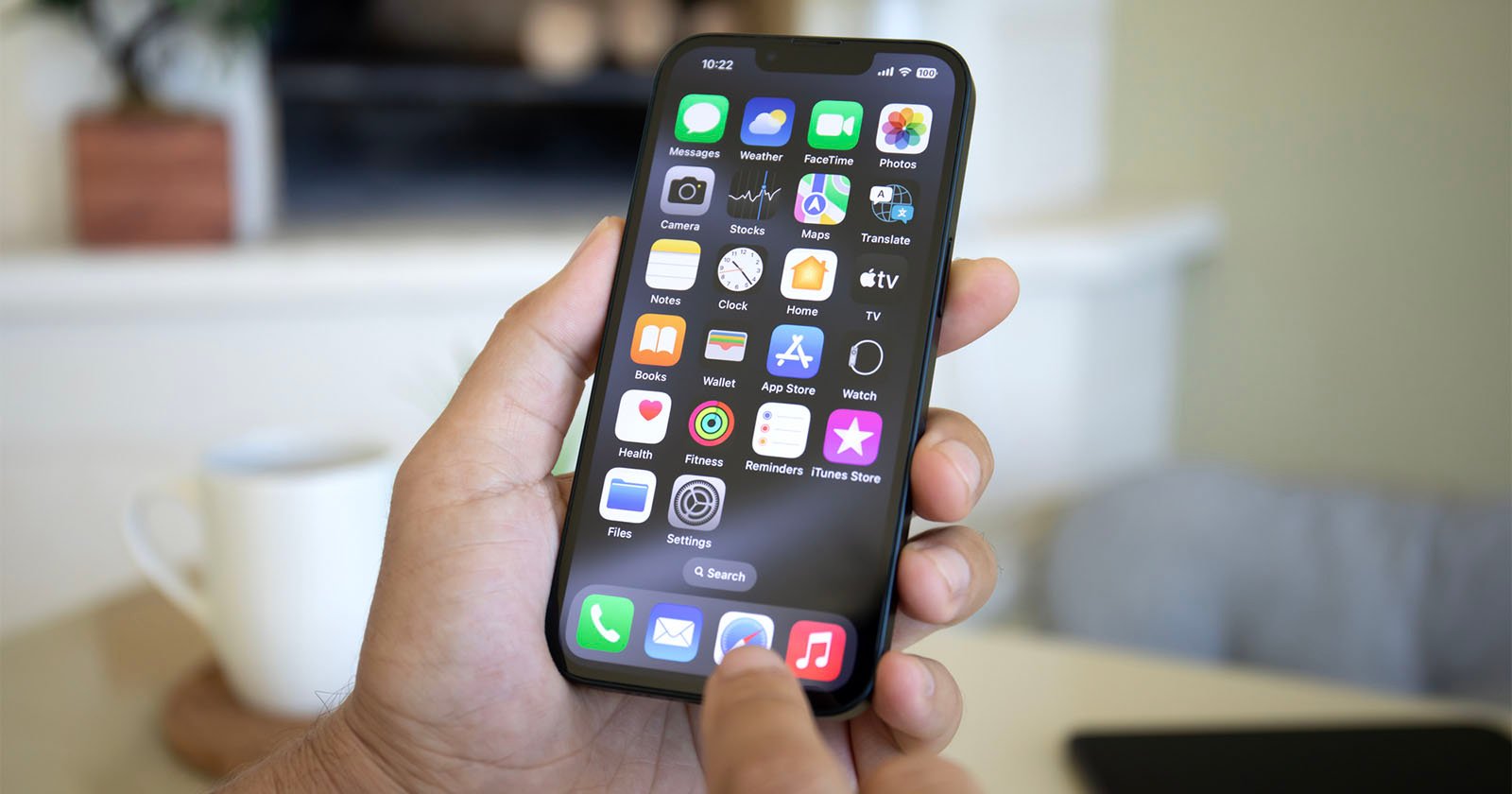Here’s Why Deleted iPhone Photos Suddenly Reappeared for Some Users
![]()
When someone deletes images from their iPhone, they expect the photos to be truly gone. However, an unusual bug appeared in iOS 17.5, which has since been replaced with an urgent iOS 17.5.1 update that brought photos back from the dead.
The Verge calls it a “nudes-resurrection issue,” but the bug could, of course, affect any deleted photo, not just the spicy ones. Although the issue, which Apple described as the result of “database corruption,” has seemingly been fixed by a fresh iOS (and iPadOS) 17.5.1 update, iPhone owners still have a lot of questions.
Apple was initially tight-lipped, but now that a few days have passed, the tech giant spoke to 9to5Mac about what happened.
It is important to note that the reappearing photos weren’t from the “deleted” folder on Apple devices, which can hold trashed files for up to 30 days. Some of the images that reappeared were much older than that.
“One question many people had is how images from dates as far back as 2010 resurfaced because of this problem. After all, most people aren’t still using the same devices now as they were in 2010,” 9to5Mac writes. “Apple confirmed to me that iCloud Photos is not to be blamed for this. Instead, it all boils to the corrupt database entry that existed on the device’s file system itself.”

These database entries could then be transferred from device to device as users upgrade to new iPhones and iPads. If someone gets a new device and restores from an existing backup or does a complete transfer from old to new, these database entries can persist across multiple devices for many years.
In a now-deleted Reddit post, one user even claimed that their deleted photos appeared on an iPad they sold to a friend. Apple denies this is possible, provided a user followed Apple’s recommendations for erasing a device before selling it. If someone selected “Erase All Content and Settings” from their device’s settings, there’s no chance old photos could resurface down the line.
Apple also says that the issue, although widely publicized this week, was “rare” and only impacted a small number of photos for a limited group of people. Importantly, this was not an iCloud issue, and it couldn’t overcome comprehensive deletion through iOS’s settings.
However, for affected users, the zombie photos were not automatically removed by iOS 17.5.1, so they must be manually deleted (again) and should, ideally, never pop up again. Apple also didn’t detail precisely how this bug only now popped up in iOS 17.5, considering that some ghost files were from many iOS versions ago.
Synacktiv did an analysis on the iOS 17.5 photo bug, and it determined that a minor change to the code for the iOS file system scanning caused it. However, the report doesn’t conclude anything about how the photos remained in the filesystem in the first place.
A commenter on Reddit claims that the issue could be caused by users deleting images from Photos, but not the Files app, which uses a separate database. The user adds that “due to a rare bug within iOS 17.5, the system attempts to re-save all photos/media/files from the Files app into the Photos app, this happens during the re-indexing process which happens when you update your phone.”
Cybersecurity issues are common, whether due to bugs, glitches, or just vulnerabilities. Fortunately, this one has been addressed and didn’t reflect a significant privacy concern. When old images that someone thought had long been deleted reappear in the Photos app, it’s easy to understand the resulting panic.
Image credits: Apple